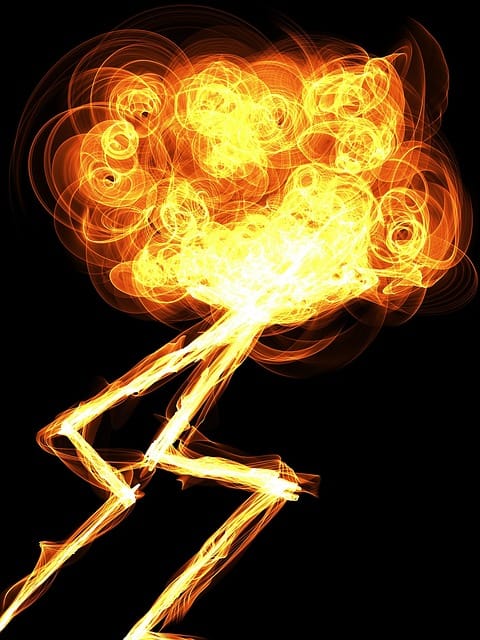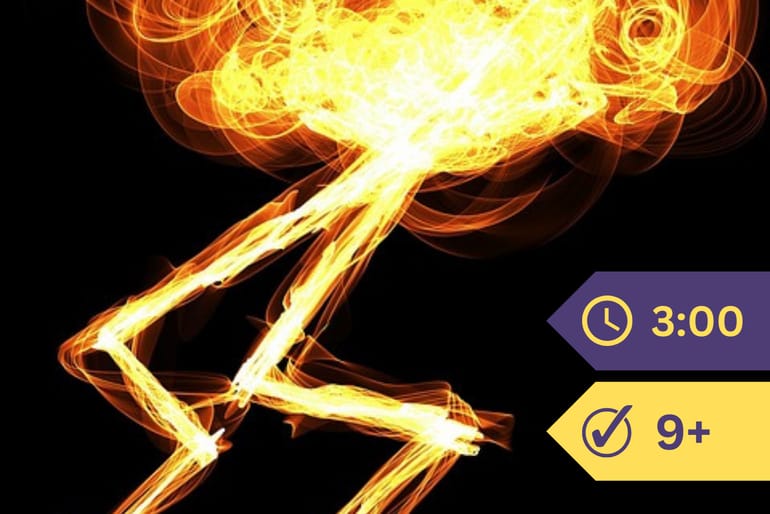“A thunderbolt overthrows, breaks, and rends bodies that do not permit electricity to circulate freely. It shatters rocks and throws the fragments great distances; it unroofs our dwellings; it splits the trunks of trees and divides the wood into little shreds; it overthrows walls, or even wrenches them from their foundations. In penetrating the ground, it melts the sand on its way and makes irregular glass tubes. It reddens, melts, and vaporizes metallic substances that give free passage to the electric current, such as metal chains, the iron wire of bells, the gilding of frames. Its preference, in short, is for objects made of metal. There are instances of persons left uninjured while the lightning consumed the various metallic objects worn or carried by them, such as gold-lace, metal buttons, and coins. It sets fire to piles of combustible matter like bundles of straw and stacks of dried fodder.
“A feeble electric spark, like those I taught you how to get from paper, makes but the slightest perceptible impression on us. At the very most, we feel a little prick at the point of communication. But with the help of powerful apparatus at the disposal of science, the electric shock becomes painful and can be dangerous, or even mortal. When one is struck by a rather strong spark, one feels, particularly in the joints, a sudden shock that makes one tremble and feel weak in the knees. With a still stronger spark, the whole body is seized with a sudden shaking so violent that the joints seem to be severed and one is knocked down by the stroke. Science possesses appliances powerful enough to kill an ox with the electric shock.
“The thunderbolt, a spark incomparably stronger than that of our electric machines, gives to men and animals an extremely violent shock; it throws them down, injures them, and even kills them instantly. Sometimes a person thus struck bears traces, more or less deep, of burning; sometimes not the slightest wound is to be seen. Death is not, therefore, as a rule, due to any wounds inflicted by the thunderbolt, but to the sudden and violent shock given to the body. Sometimes death is only apparent: the electric shock simply suspends the primary vital functions, circulation and respiration. This state, which would end in death if prolonged, we can combat by giving the person struck the same care bestowed upon the drowned; that is to say, by seeking to revive by friction the respiratory movement of the breast. At other times the electric shock more or less paralyzes some part of the body, or perhaps only produces a passing disorder which wears off of itself.”








